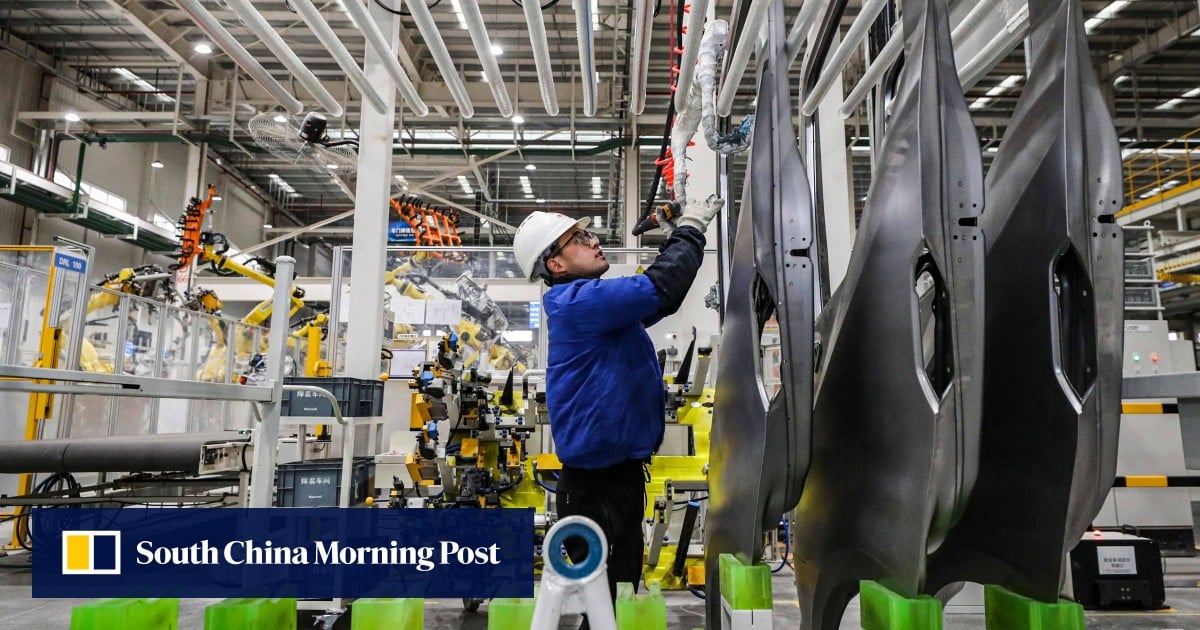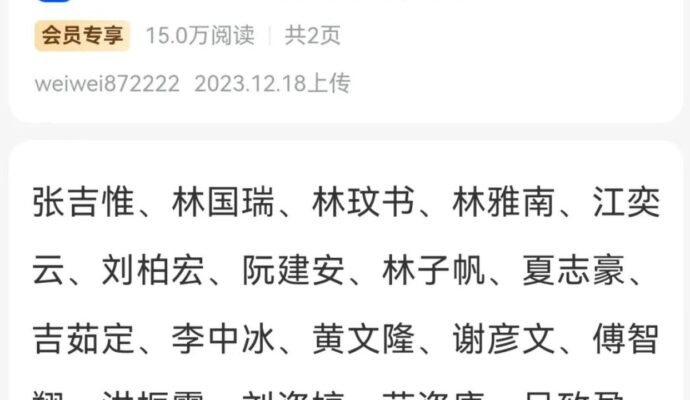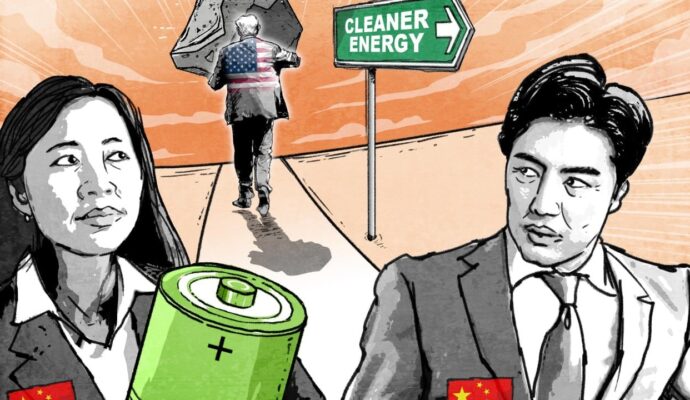
China’s manufacturing activity continued to fall for the fifth month in a row, despite Beijing having mobilised considerable resources to incentivise construction, foreign investment and consumption.
The new-orders subindex remained unchanged at 49, while the new export orders subindex stood at 46.3, compared to 47.2 in January.
Meanwhile, the non-manufacturing PMI, which measures business sentiment in the services and construction sectors, climbed to 51.4 from 50.7 in January.
The official composite PMI, which includes both manufacturing and services, remained unchanged at 50.9 in February, indicating a slight expansion of production and business activities.
The PMI readings, though, are seen as less reliable in February because the Lunar New Year holiday makes it difficult to obtain a clear picture of economic momentum, according to Zhang Zhiwei, president and chief economist at Pinpoint Asset Management.
“This is particularly true for the manufacturing sector,” he said.
“Meanwhile, other data points show a mixed picture, with travel data strong but housing data weak. We need to wait for more macro data on retail sales and industrial production in January and February to get a clear view of the economy.”
Beijing has vowed to hit the ground running on the economic front in 2024, as most observers have predicted an official target of 5 per cent expansion of gross domestic product (GDP) to be announced this year.
The Chinese leadership has already heightened its rhetoric on economic issues, making promises for a unified market, improved business environment and an escalation in consumption during several high-profile conferences in February.
The annual GDP growth target is due to be released at the annual session of the National People’s Congress, which will begin on Tuesday.


